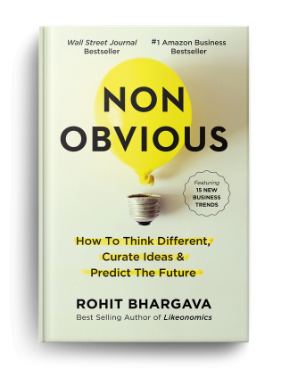Mood Matching
As tracking technology becomes more sophisticated, marketers are turning to immersive experiences inspired by industries like gaming to make sure that their content adapts to their consumers’ moods.

About This Trend:
Adobe product marketing lead Kevin Lindsay wrote an underappreciated but insightful piece on the company’s digital marketing blog about the coming evolution of how marketers use mobile data to track consumer moods and why it may be important, ultimately concluding that using it may be a “no-brainer.” But marketers walk a thin line: customized content will only delight consumers if it is created ethically and feels unintrusive.
These omnipresent digital tools serve as mood gauges through looking at your digital interactions: how hard you are hitting the touchscreen, how quickly you are moving between apps or content pieces, whether you are clicking fast or lingering, and, of course, the who/ what/where/when of it all: what time of day it is, where you are, and where you have been. Combine that with everyday online activities like social media status updates, music selection, and content consumption, and revealing insight is uncovered about how our mood affects our interaction with brands.
This trend is inspiring both Yahoo and Google to invest heavily in developing contextual search to read not only what you type into the search bar, but the latent emotion behind each search, which can hint at what you really meant to search for.
This trend is about distilling data to discern human emotion so that brands can adapt their content to people whose moods influence the sites they visit, the products they search for and the way they spend their time.

Trend Longevity Rating
Relevant For:
Originally Published In:









